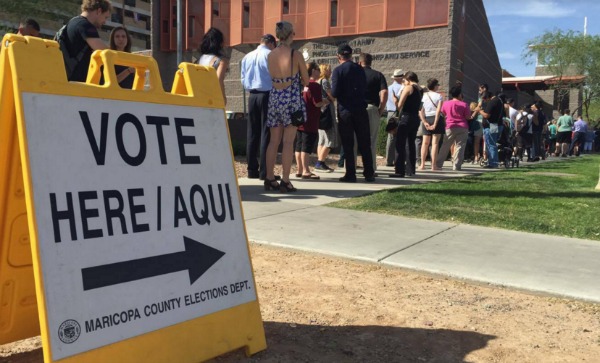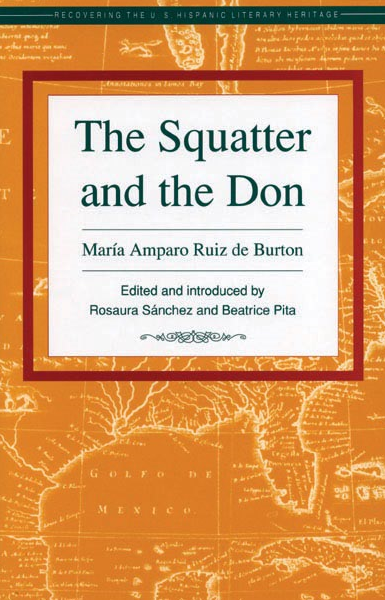Maricopa County election officials writing off voters? You bet

*The revolving irony in this story is direct and dizzying. Let’s follow the dots: Maricopa County Recorder Helen Purcell, who is in charge of administering the election, decided to cut the number of polling places from 200 in 2012 to 60 yesterday to accommodate 1.9 million voters. She was able to make that decision because the U.S. Supreme Court gutted the Voting Rights Act in the 2013 Shelby v Holder case – the ruling did away with the pre-clearance section so Purcell owed no one an explanation for the 60 voting places. Yet, the people who stood in line, some for up to 5 hours, were waiting to vote for their choice to be the next president, who will nominate Justices to the Supreme Court, where this whole mess started to begin with. Purcell said she had fewer polling places because voters were allowed to vote anywhere, and not in their required precincts, so she picked large places that would accommodate more voters. Many poor and Latino areas had no polling place because she didn’t think they would vote, anyway. Purcell, a Republican, was elected to the office of County Recorder in 1988. VL
 By Elvia Diaz, The Arizona Republic
By Elvia Diaz, The Arizona Republic
For weeks, some Democrats have been sounding the alarm about not enough polling places in Maricopa County for Tuesday’s presidential primary.
They warned that reducing the number of polling places from 200 during the 2012 primary election to 60 would mean long lines and discourage people from voting.
They said the fact that some predominantly Latino areas got one or none polling places essentially translates into voter suppression.
Before, it was easy to dismiss their claims as pure conspiracy theories. It was difficult to fathom that Maricopa County election officials would purposely design a plan to keep people, especially minorities, away from the polls.
Well, think what you may. But the fact is that voting on Tuesday turned into long waits and traffic nightmares near some polling places, proving their case.
Click HERE to read the full story.
[Photo courtesy of Cronkite News]
Suggested reading


